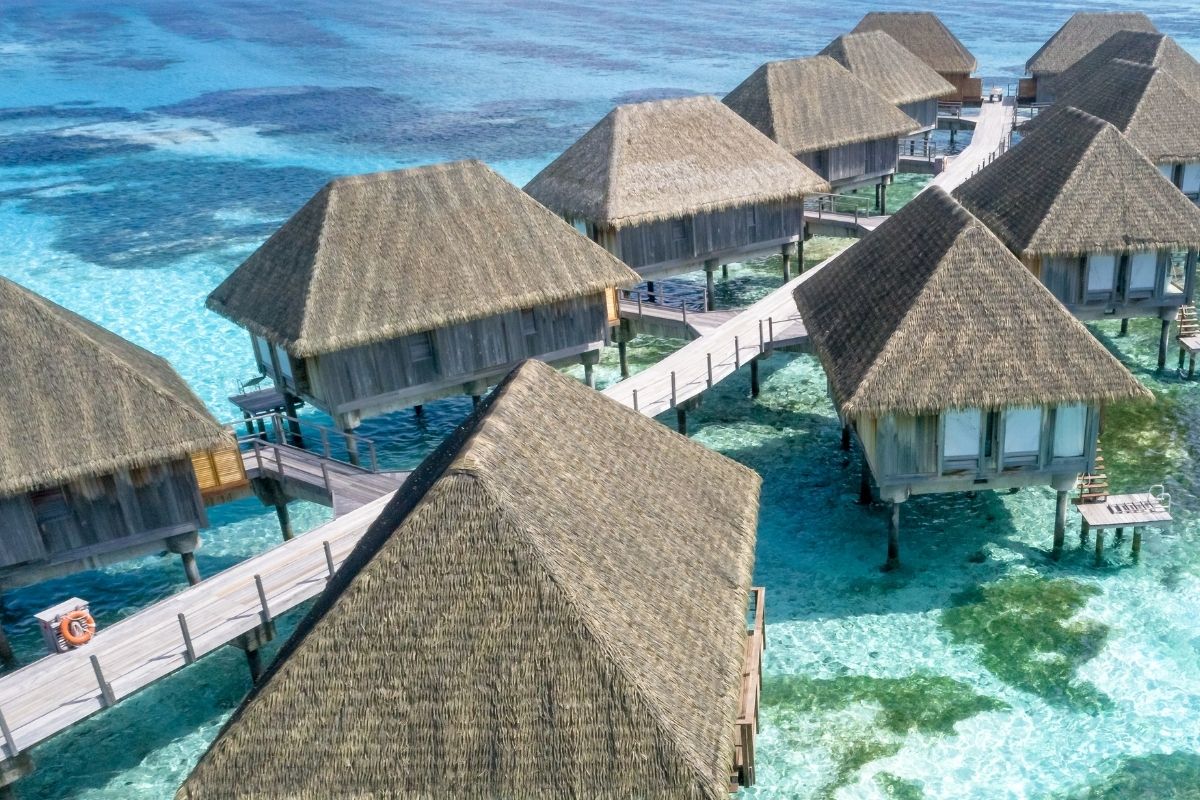Food & Beverage Operations: The Manufacturing Section
Let’s take a look at how a successful last can be modified and changed in footwear and the footwear business to increase sales and reach a new audience.
We love the last. We had success with its sales, but we can’t make the same shoe we made last spring. So to continue using this last, we have to take and modify certain things about the footwear we’re producing on the last.
We know we have a successful last, we know that it sells well, we know it looks great. So we can change any number of design features. We can do something as simple as changing the top-line cut of the shoe. If it’s athletic, we can put a collar and change the shape of the collar, the height of the collar, the Achilles pen, so on and so forth.
If it’s a dress shoe, we can change the top line cut by putting a dip on one, an asymmetrical dip somewhere on the top line, or put some sort of embellishment on a top line that wasn’t used in the previous spring season.
We’re also going to be changing our materials and colors for the new season. Those are simple changes that help to make the same last we used last spring, look, have the shoe look completely different next spring, just by its color, it’s cut.
We can also do other things. We can take and change the component tree or the structure of the footwear. The structure is the way the bottoming is done: the heels and the soles.
Last spring we used just the very thin, a ladies shoe and we used a very thin sole and just a simple high heel, like a spike kick. Next spring, if we wanted to, we could do a platform. We could do a full platform, we could do a partial platform under the ball and a higher heel, which we may have marketed as a 10-centimeter heel last spring.
We put a two-centimeter platform under the front, we add two centimeters to the heel to maintain the balance, which is part of the last itself. Now we can market the thing next spring as a 12-centimeter heel. Same last, completely different footwear.
This is a way of taking a successful last and amortizing it out over time without looking like you’re repeating yourself.
